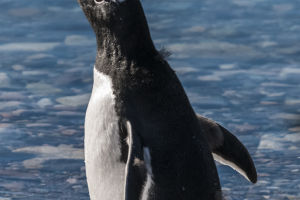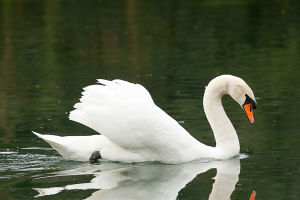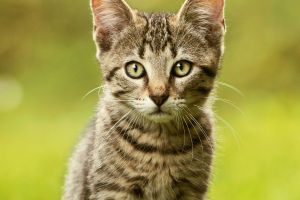The Springbok is a medium-sized antelope that roams the African savannah in herds, protecting them from predators in large numbers. It is one of the best-known and most common animals in southern Africa, with an ecological niche similar to that of deer.
However, despite its deer-like appearance, the jumping antelope belongs to the same bovine family as sheep and cows. It is a popular attraction in many parks and reserves in southern Africa.
The Springbok is an even-toed ungulate in the mammalian family Bovidae, subfamily Antelope. It is 1.2-1.5 m long, 68-90 cm high at the shoulder, and weighs 37-50 kg. It has long, slender limbs and a longitudinal fold in the center of its back formed by the depression of the skin.
The hair inside the fold is white, and when the Springbok is frightened and begins to escape, the fold unfolds to reveal a clear white ridge, which signals a warning to other Springboks. Both males and females have black horns with ringed ribs. The Springbok is an excellent jumper, with the ability to leap as high as 3-3.5 meters.
During the dry season, Springboks migrate in large groups over long distances in search of new pastures. They feed on grasses and shrub shoots and do not drink water if there is enough grass.
Mating occurs in May each year, and the gestation period is six months. They usually give birth to one offspring in November or December. Hyenas and vultures are natural predators of the Springbok. It is distributed in South Africa and is the national animal of the country.
The Springbok has extremely slender and long limbs compared to other antelopes, giving it an amazing ability to run and jump. It can run up to 94 kilometers per hour and jump up to 3.5 meters.
According to records, it can even jump as far as 10 meters at once. Its speed is comparable to that of the world's fastest animal, the cheetah, which can only run up to 120 kilometers per hour.
The Springbok feeds on the leaves and branches of plants, as well as stems. Its diet is broad and varies with the season, but it chooses more nutritious plants. It feeds on grasses, herbs, shrubs, seeds, pods, fruits, and flowers.
Sometimes, it even digs up the ground in search of melons and eats plants that are poisonous to other antelope species. Wild melons are foraged to make up for the lack of water in the body, and soil is foraged to supplement the lack of minerals in the body.
During the mating season, males mostly wander together in search of mates, while females live in herds with their own offspring and a few dominant males. Wandering males have a lower status, with some being too young or very old, or losers in competition with the alpha male of the flock during female estrus.


